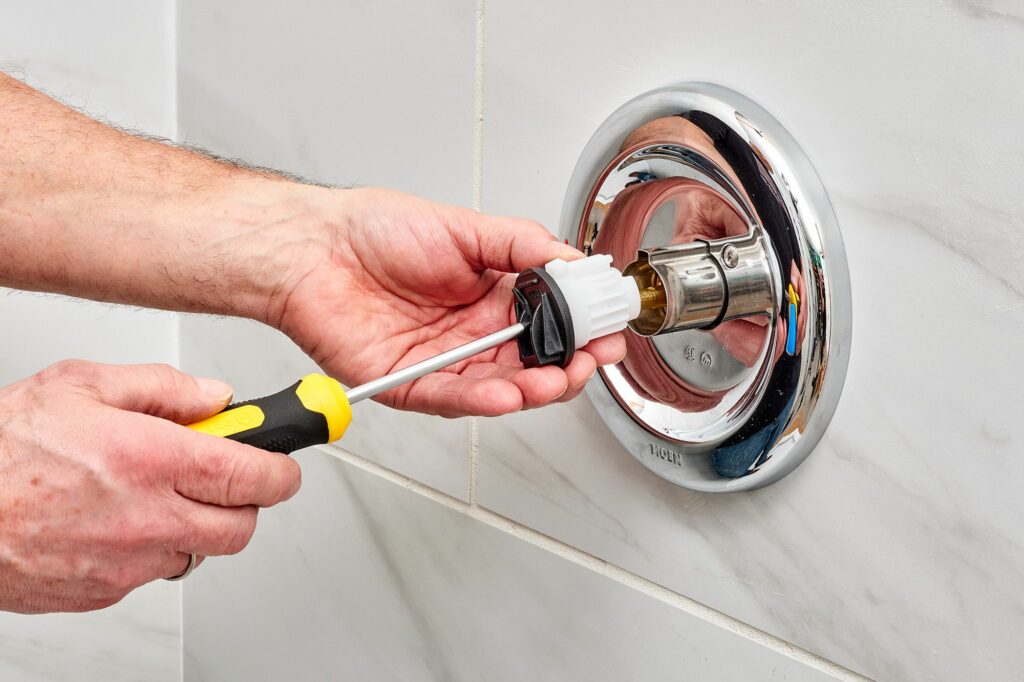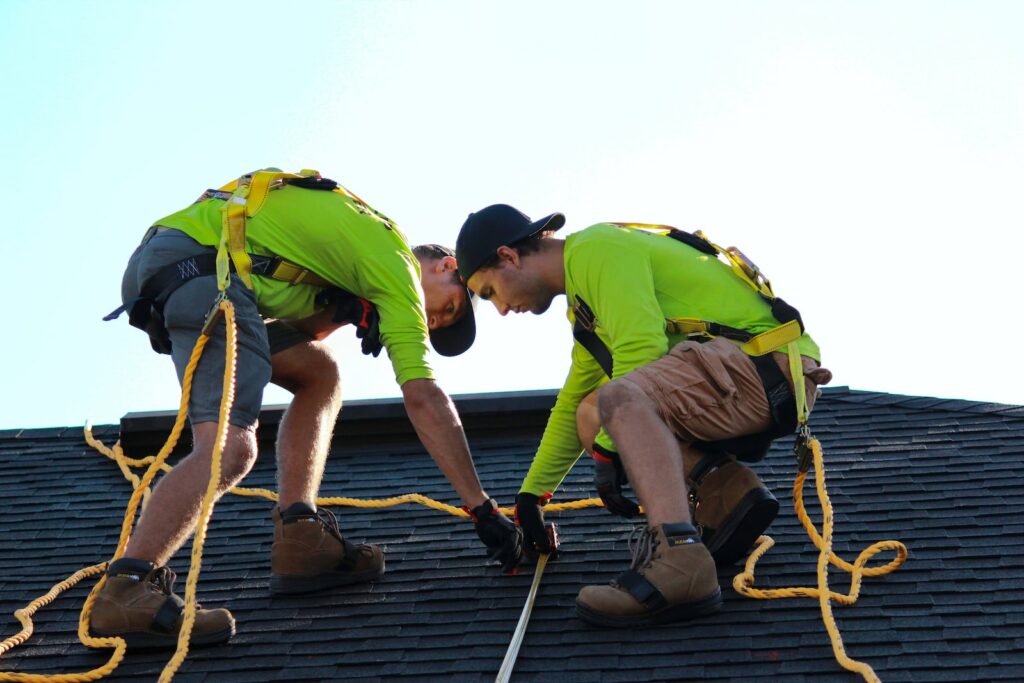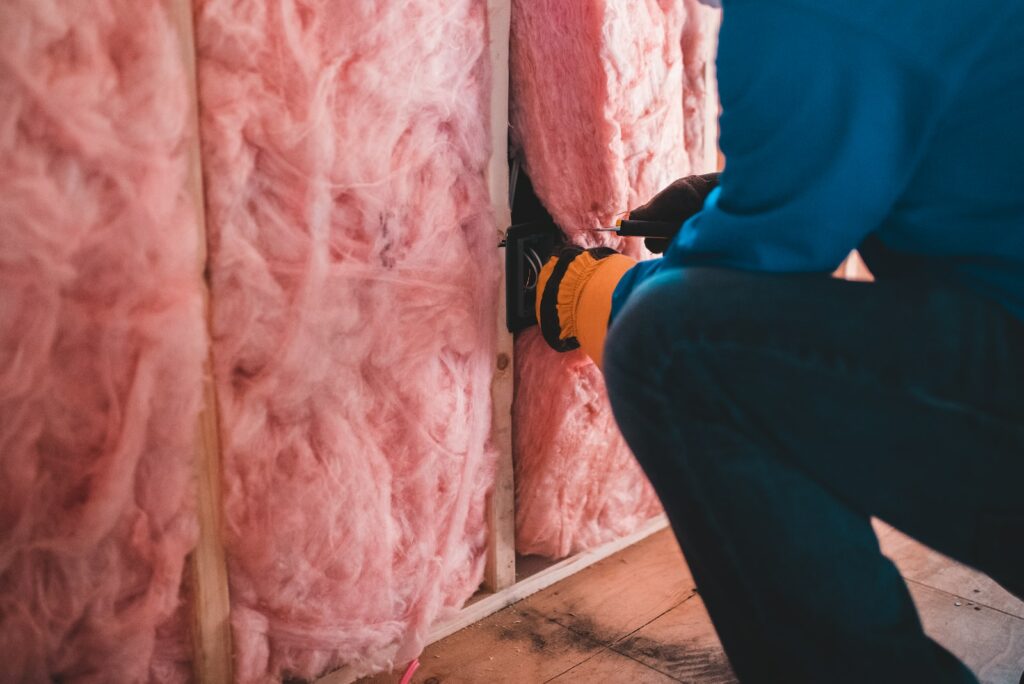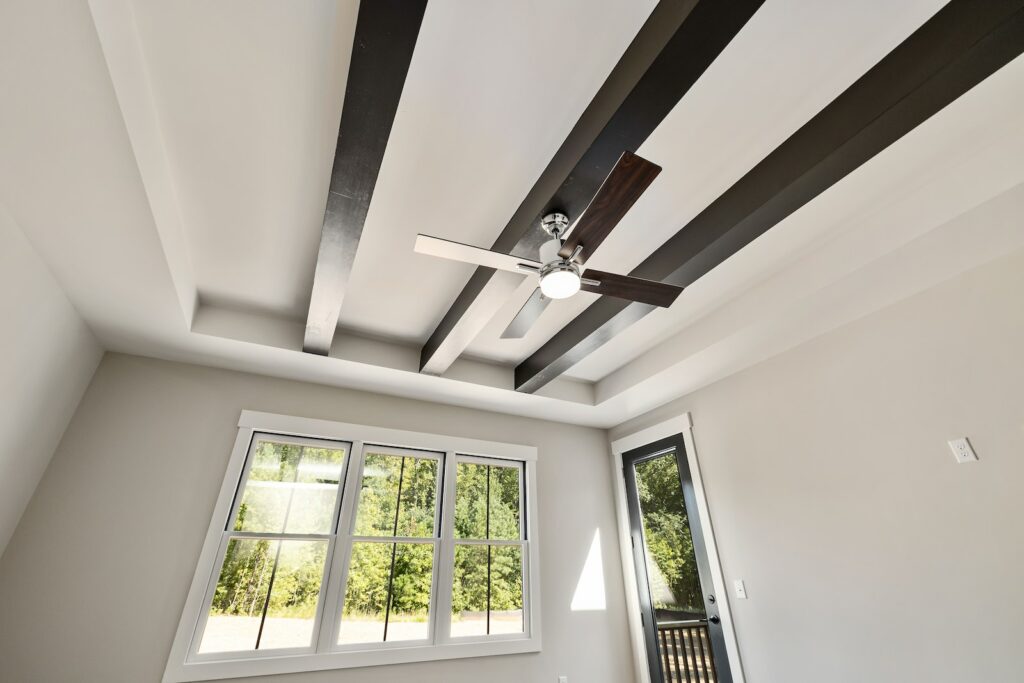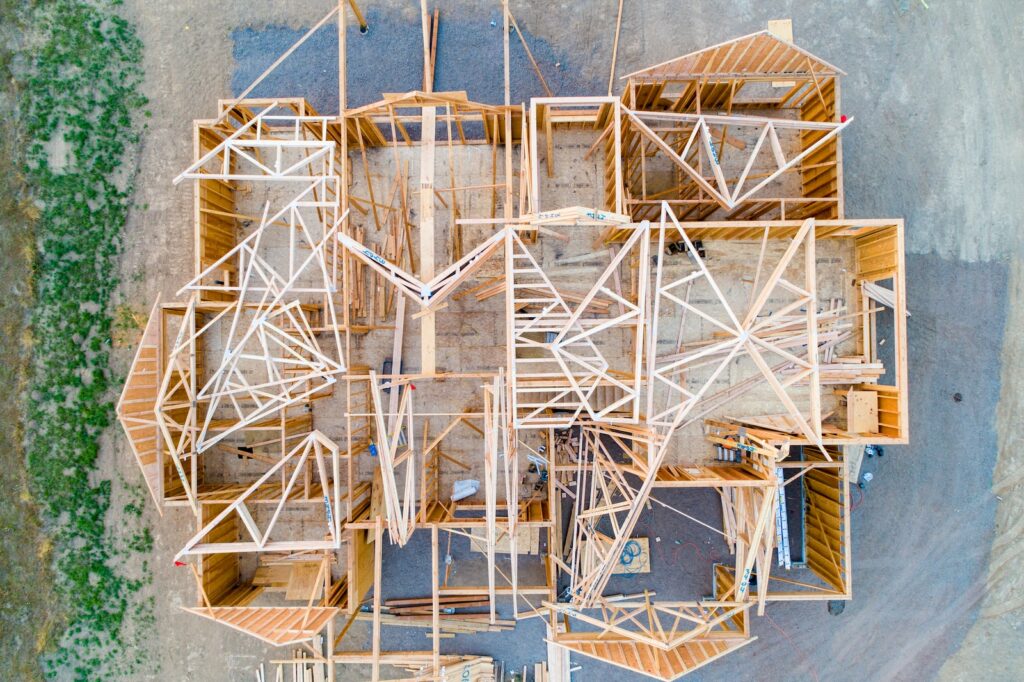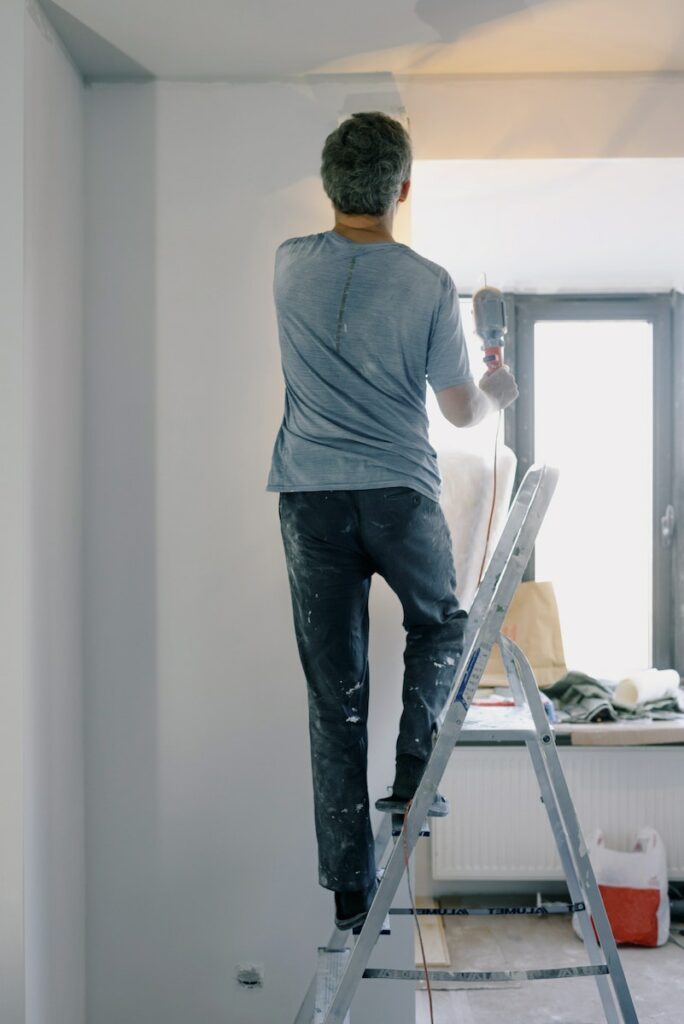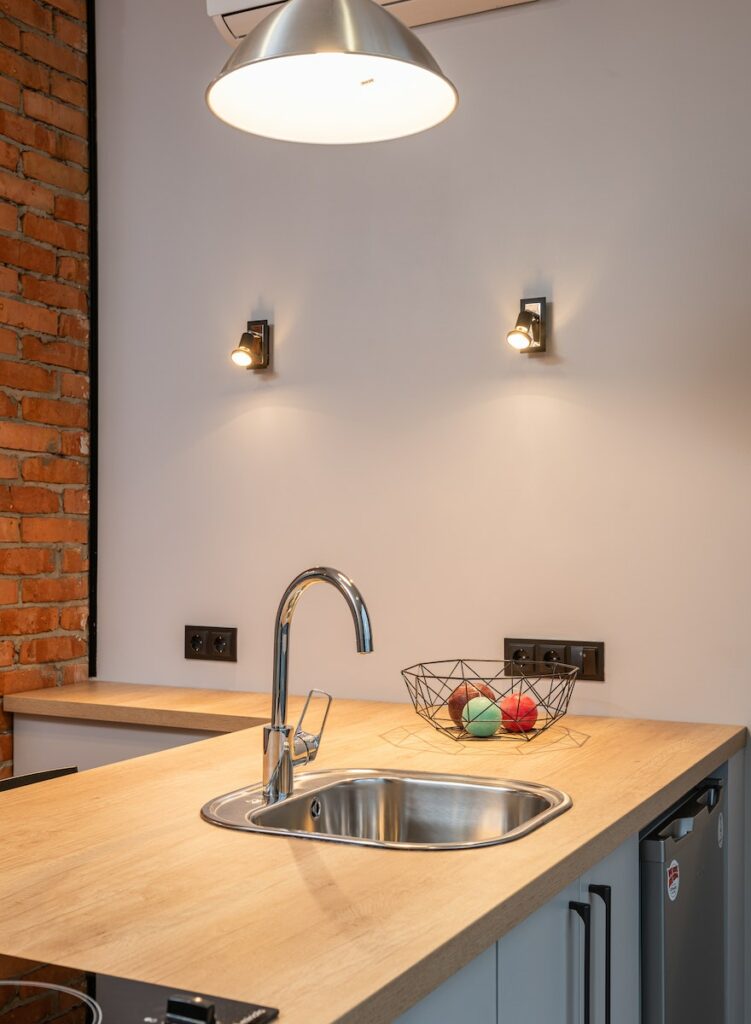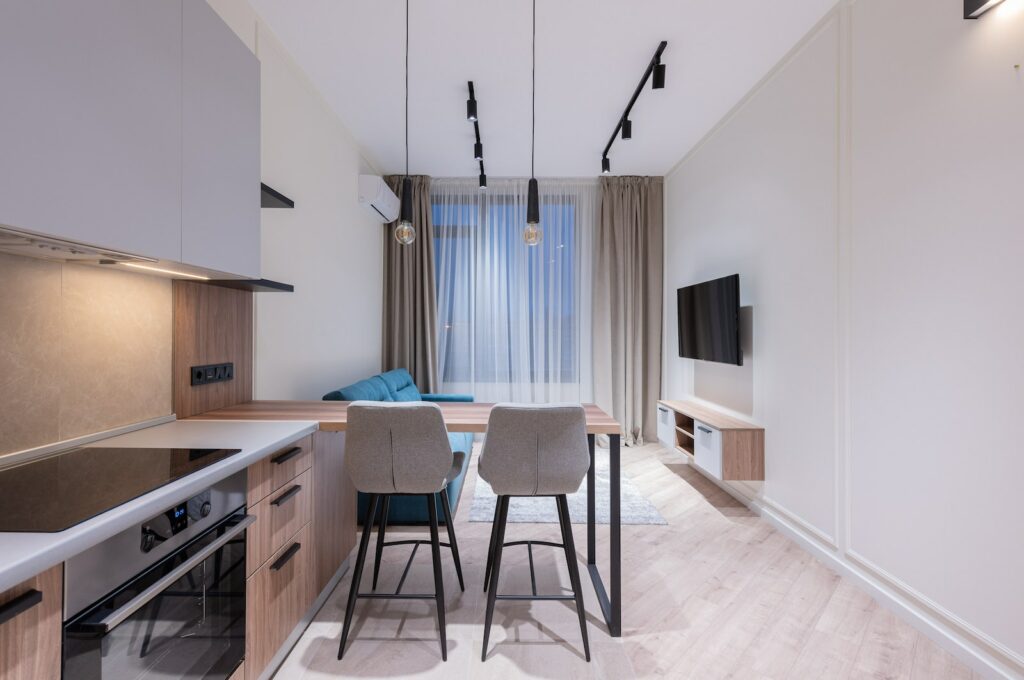The Basics of Home Electrical Wiring: What You Need to Know
If you’re a homeowner or someone considering making improvements to a home, it’s important to understand the basics of home electrical wiring. Knowing the basic principles of home wiring can make it easier to understand when and why wiring projects should be undertaken. It can also make it easier to understand potential problems that can develop when wiring isn’t done properly.
Why Knowing the Basics is Important
When it comes to basic wiring, it can be easy to assume that it isn’t something that you need to be concerned about. But the reality is that understanding basic home wiring can help you identify potential electrical problems early on and take steps to address them before they become major issues. In addition, understanding basic wiring can make it easier to install wiring correctly so that your electrical system runs more safely and efficiently.
Safety Precautions
Before tackling any wiring project, it’s important that you familiarize yourself with the safety precautions associated with electrical work. Before doing any wiring work, make sure that you have shut off the power to the circuit that you’ll be working on. This can help you avoid getting electrocuted or suffering other serious injuries. Also make sure to wear protective gloves and eyewear when doing any wiring.
Tools and Materials
Having the right tools and materials on hand is essential for any electrical wiring project. You’ll need a good pair of wire strippers, wire cutters, and a voltage tester. You’ll also need different types of wire depending on the project, including insulated wire and ground wire. Additionally, you’ll need a variety of electrical components such as outlets, switches, and fixtures.
Planning Your Project
Before beginning any wiring project, it’s important to create a plan. Consider the type of project you’ll be doing and the materials and tools you’ll need. Ideally, you should consult an electrician to ensure that the wiring project is up to code and will be done properly.
Installing Wiring
Once you’ve gathered the materials and tools you need, you can begin installing the wiring. Start by running a wire from the main breaker panel to the location where you’ll be installing new wiring. Be sure to use the appropriate type of wire for the project you’re doing. Once the wiring is in place, you can then begin connecting it to the electrical components such as switches, outlets, and fixtures. Make sure to tighten each wire properly and test the connections regularly with a voltage tester.
Finishing Up
Once all of the wiring is connected correctly and all of the components have been tested, the wiring should be ready to use. Make sure to test the wiring with a voltage tester one last time, just to be sure that everything is working correctly.
Time and Expenses
The time it takes to complete a wiring project will vary depending on the complexity of the project. Generally speaking, a basic wiring project can take anywhere from a few hours to a full day. As for expenses, you’ll need to factor in the cost of materials such as wire and electrical components as well as the cost of any tools you may need.
Conclusion
Understanding the basics of home electrical wiring can be a great way to ensure that your electrical system is running safely and efficiently. Knowing the basic principles of wiring can also make it easier to identify potential problems early on and take steps to address them before they become major issues. If you’re considering taking on a wiring project, make sure to consult an electrician to ensure the project is done safely and up to code.



